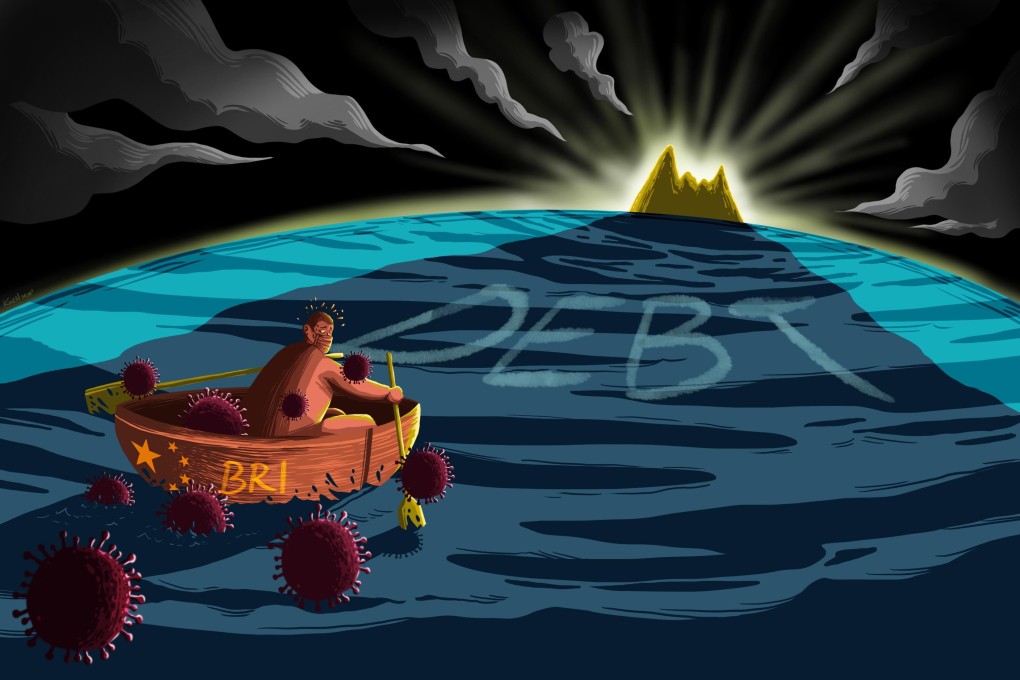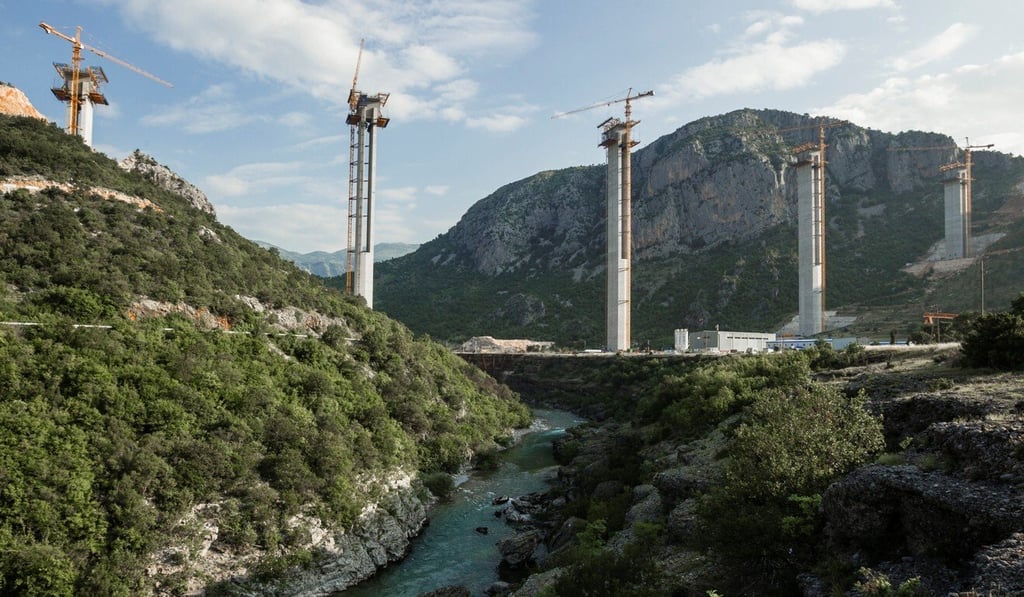Coronavirus runs roughshod over debt-laden belt and road projects
- Developing countries’ ‘hidden debts’ to China totalled US$380 billion well before the global health and economic crisis, analysts estimate
- Montenegro, which has a US$750 million Chinese loan for highway construction, is among the borrowers seeing commodity prices plunge and exchange rates shift

In 2014, the tiny Eastern European country of Montenegro saw an opportunity to catapult onto the world stage when it borrowed US$750 million from China to build a highway between the Adriatic Sea and Serbia. The highway, funded as part of President Xi Jinping’s signature Belt and Road Initiative, would spur the economy and help pave the young nation’s entry into the European Union.
Six years later, with the coronavirus pandemic destroying lives and economies worldwide, massive debt and “highway to nowhere” concerns hound the 103-mile Bar-Boljare venture and scores of other BRI projects across Asia, Africa and Eastern Europe.
The project has increased Montenegro’s public debt to 80 per cent of its gross domestic product (GDP). Its vital tourism industry is reeling. And rating agency Moody’s in March downgraded its credit outlook to stable, citing the highway project.
“The Bar-Boljare motorway is not just a roadway, it is a path to the Western value system,” Prime Minister Dusko Markovi said last month in the capital of Podgorica, defending his pet project. A government statement added: “Markovi underlined that there was no talk of bankruptcy or ‘debt bondage’, as it has often been speculated.”

BRI countries such as Montenegro, already deeply indebted to Beijing, face mounting difficulties related to the pandemic as commodity prices plunge, trade falters and exchange rates shift.
“A debt crisis with Chinese characteristics?” warned Germany’s Kiel Institute for the World Economy in a report last year citing growing default risks.